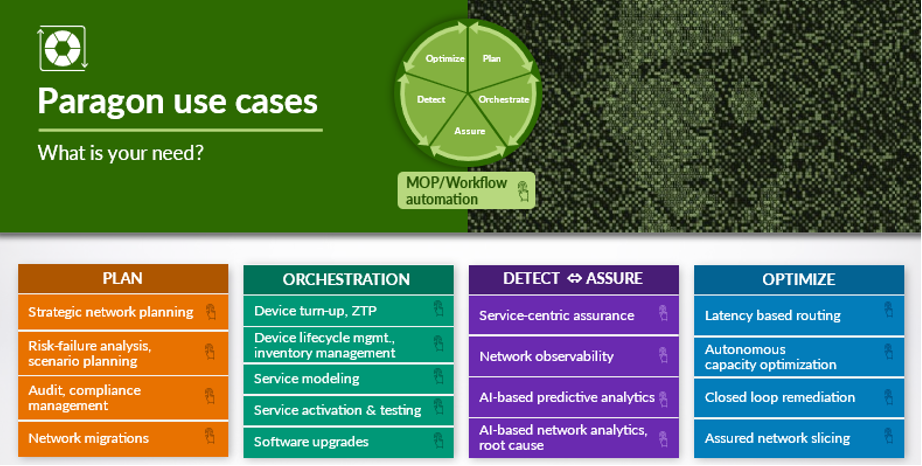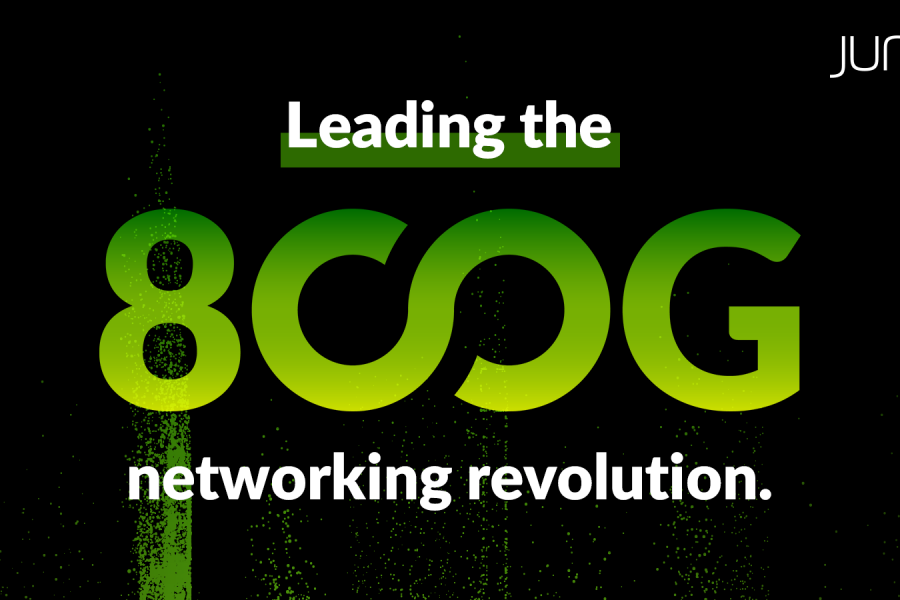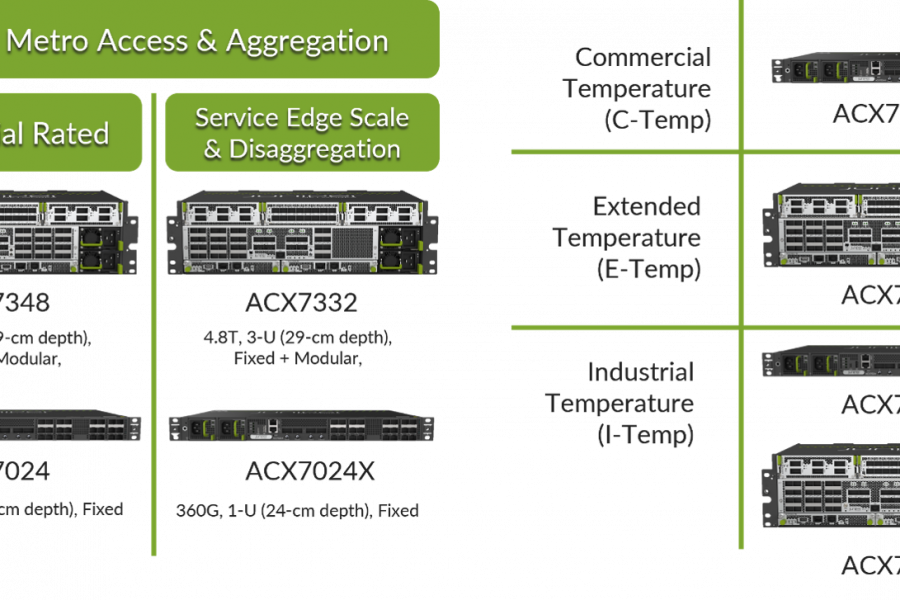How much does a typo cost? If you manage a service delivery team for a communication service provider (CSP), the answer can be “quite a lot.” Even the most common services have a long list of network and service parameters that usually need to be configured manually. If an engineer makes an error during any one of those configurations, they can quickly cause an outage. That means days or weeks of troubleshooting, frustrated customers and, in the worst cases, serious damage to your company’s reputation.
Fortunately, these kinds of problems are rare, right? Not really. In discussions with service delivery leaders at Tier-1 CSPs in 2020, almost 80% said they struggle to activate business services properly. Even worse, according to one 2019 study, 60% of network problems aren’t even discovered until after customers call to complain—if they’re ever identified at all.
Why do problems like these keep happening, even in the world’s biggest networks? Because while service delivery teams can validate certain aspects of a service activation or update, they typically have no visibility into end-to-end service quality. So, they never know if the network changes they’ve made will actually do what they’re supposed to (and not break things) until after they go live.
Recently, Juniper Networks held a workshop with 60 CSPs to explore these challenges and take an in-depth look at strategies to solve them. Topping the list? Automation. The key, however, is that automating service provisioning alone won’t fix the problem. Service quality testing must be automated alongside activation as well. It’s the only way to enable network engineers to verify the service experience before turning it over to customers. Juniper’s Paragon Automation solutions can help with Automated Service Provisioning and Testing.
Evolving Network Operations
To appreciate why it’s so important to automate, let’s consider the trends transforming every service provider and enterprise. As the use of cloud services has exploded, network operations teams find themselves grappling with new challenges, including:
- Sky-high customer expectations: Relying more heavily on cloud applications and services, enterprise customers are no longer willing to wait weeks or months for a new or updated service. They expect to get what they need now, on-demand.
- Lack of agility due to siloed operations: Traditional operations stacks focus on managing a specific domain or type of service (such as MPLS). They’re also built for a world where once established, services remain unchanged for long periods. Those assumptions no longer apply for today’s dynamic services spanning multiple domains and clouds.
- Blurring boundaries: Even when service delivery teams have visibility into the CSP environment, many customers’ services now traverse third-party and public cloud networks that they likely haven’t instrumented and cannot control.
- Escalating complexity: As service providers move toward cloud-native, multi-domain, multi-vendor environments, the number of moving parts in a service grows exponentially. It’s impossible to keep pace using yesterday’s manual or semi-automated processes. Yet, 85% of service providers still rely on them.
The good news is that many service providers are starting to automate, aiming to make operations faster and more efficient. In a recent Analysys Mason survey, most operators said they plan to automate their network by 2026. The bad news: most of these efforts focus entirely on provisioning, with service assurance lagging far behind. So, service delivery teams still have limited visibility, but now they’re introducing a huge volume of real-time network changes. If any one of them is misconfigured, it can take weeks of troubleshooting to fix the problem. Worse, with no way to measure end-to-end service quality, network engineers probably won’t even realize something’s wrong until customers call to complain.
Embracing Automation
To get ahead of these challenges—to automate in a way that makes things better for customers and network engineers, rather than worse—service providers can’t limit their automation initiatives solely to provisioning. They have to be thinking about automating assurance, too, in real-time, at scale. That’s exactly what Juniper offers with our Automated Service Provisioning and Testing solution.
Automated Service Provisioning and Testing helps network engineers deliver new services much more quickly, with much less effort, even in complex multi-vendor, multi-domain networks. Just as important, it bakes testing and validation into the workflow for every new service or change. By combining service activation and testing into a single, automated workflow, service delivery teams can deploy new services more quickly and give customers a true on-demand service experience. Even better, they can verify that services are configured properly and are meeting service-level agreements (SLAs) before turning them over to customers, instead of scrambling to fix problems after the fact.
The Juniper Advantage
Juniper’s solution uses active assurance technologies, including synthetic testing, to provide 360-degree visibility into the performance of end-to-end services. It includes user plane testing that simulates real traffic and transactions, along with the ability to execute control plane actions for diagnostic purposes. As a result, network engineers can directly measure service performance (and SLA compliance) from the customers’ point of view instead of inferring it from device monitoring data. They can see how customers experience a service even when it traverses domains outside their control. And when there’s a problem, they can diagnose it much more quickly, before it affects customers and SLAs. The results:
- Faster service delivery and time-to-revenue
- Improved customer satisfaction, since services work the way they should the first time and deliver a great experience every time
- Reduced time and effort to fix problems, since service delivery teams and operations teams can now have the same end-to-end visibility into service quality, using the same tools (one customer now isolates problems in two hours, on average, when it used to take five)
- Increased innovation, since your team can now support services and SLAs that wouldn’t be possible without end-to-end visibility
- Cloud agility, with an environment that enables on-demand provisioning, automatic scaling and automated testing and healing throughout the lifecycle
- A foundation for tomorrow’s self-driving networks, where artificial intelligence (AI) monitors end-to-end services and automatically intervenes to repair and optimize them
Lean Into Automation
Automating service activation and testing is just one of the steps CSPs can take to deliver consistently great customer experiences. In fact, Juniper offers a wide range of automation capabilities to address diverse use cases through our Paragon Automation portfolio. Whether looking to simplify software upgrades, capacity optimization, latency-based routing, remediation or other common tasks, we can help service delivery and operations teams deliver better experiences easily, without the errors and headaches.

Learn More
Ready to start using intelligent automation to simplify operations and deliver better experiences to your customers?
Watch our Network Automation Workshop, co-hosted by Appledore Research, for an in-depth exploration of the challenges facing modern network operations teams and the top automation strategies to solve them.


